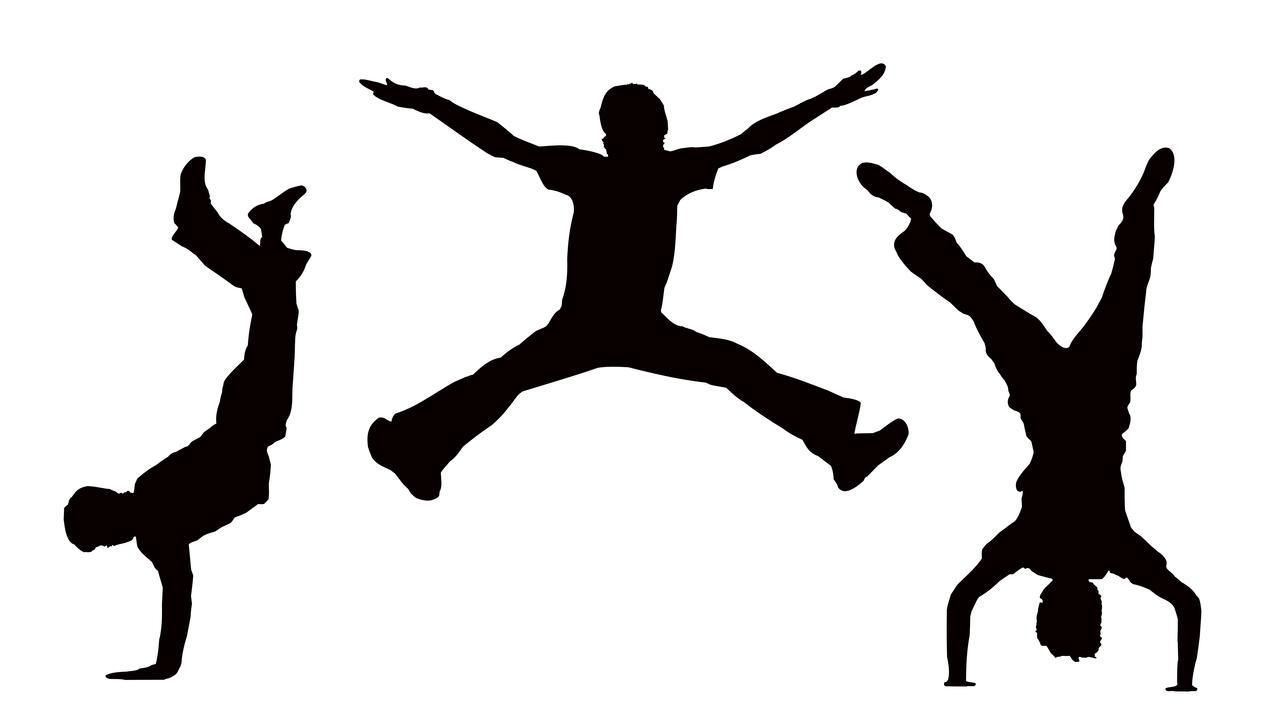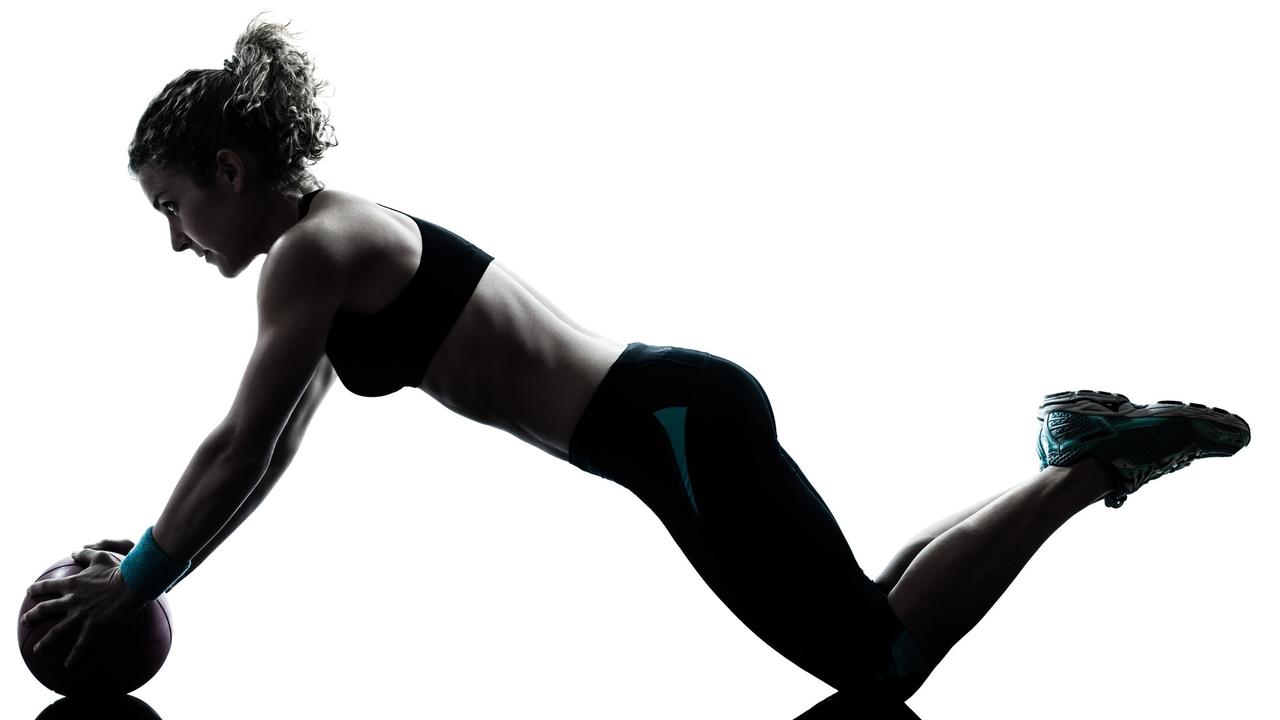Sharing Knowledge
Decades of working with athletes have shown us what works and what doesn't, and we've made it our passion to share that with you.
Improve Your Mobility to Decrease the Risk of Injury

A common misconception about the word mobility is that it means someone is flexible. This is actually an inaccurate definition. To have mobility is not about flexibility, and it’s also not about strength - though both of those elements are components of mobility. It’s about range of motion. Mobility defined is the ability of a joint to move actively through a range of motion, and for the body to be stable while completing that motion.
Just because you are flexible or strong doesn’t mean you’re stable. Picture someone trying to reach for an item and being off balance. While they can stretch their limb without pain, if they don’t have mobility, they are not stable enough to do it without falling or becoming imbalanced.
A lot of injuries can occur due to a lack of mobility. If you overextend yourself while working out, or even just doing day to day activities, you can become injured. Your joints can be hyper-extended, your tissues and muscles...
What Are Functional Movements?

Functional movement is a phrase used by gym trainers and both big and small facilities. It’s a phrase I don’t really like because of the misconceptions about what it means. People will call something a functional movement class or exercise, and they use it as a buzzword, without explaining what functional movements are.
Functional movements are those movements that help us with everyday life. For example, an athlete needs to be able to bend, squat, run, leap, etc… These are all functional movements. A mom at home needs to be able to bend over to pick up her kids or squat down to empty the dishwasher. So a functional movement is something you need to be able to do in daily life.
Your functional movements are core-centric. A great example of one is the squat. This is actually a resting position. Interestingly enough, as children, most people are able to easily perform this movement. Then, as we age, we become less able to squat if we’re not...
Gravity and Movement

What is the most important factor in movement? If you come from a traditional fitness community, you might be tempted to say “strength”, or “power”, or even “motivation”. In actuality, it’s gravity.
Gravity is one of the first challenging forces we encounter as we grow up, since literally all movement is directed by it. Newborns trying to crawl, trying to stand, or trying to walk are facing it head on. Remember that movement, in essence, is the shifting of body weight in order to change from one position to another. What are you working against in order to complete these shifts in body weight? Gravity.
You can try to use as much muscular energy as you like, working only to bulk up and gain mass. But until you understand that gravity dictates all possible movements, you won’t be able to become faster, stronger, or more efficient.
So how can you harness the power of gravity and increase efficiency? One way is to watch and analyze the...
Understanding Fear

As people get older, they solidify; they’re set in their habits, and aren't likely to change in major ways. They hurt a lot more, they've experiences failures, and they've been through the ringer. They know what it’s like out there in the real world, and that a lot of it involves some level of fear.
It's understandable to have fear; we all do! It's human. It's ok to be comfortable, but not all the time. Not if you want to progress and remain healthy in mind and body, as we are meant for constant adaptation. It’s the expectation of fear that makes it so hard for people to alter their habits. People, understandably, have a tendency to prefer all things comfortable. This means that they also expect change to happen in their preferred comfortable circumstances. Unfortunately, this isn't how it works.
Our bodies and our minds were meant to adapt! It’s part of our biology! This is what I try to keep in mind whenever I develop training programs.
What are the...
The Pursuit of Optimization

One of the most remarkable parts of traveling is the fact that wherever I go, it’s always the same! Everyone always needs similar things, since our bodies really aren’t all that different; mobility, strength, and above all else, consistency. The people I meet with have goals that are almost identical to those of my other clients, even though their fitness levels vary: they are looking to get better, and to be better. I’m there to tell them how to do that.
Wherever I go when traveling, I bring the truth with me. It’s the same philosophy I use in my everyday life, and at Total Balance; the factor that changes is intensity.
The seminars I present are broken down into 6 components:
Bio-mechanics: I show the group how to move efficiently.
Injury Prevention: Even elite athletes can get hurt doing what they do best!
Nutrition: You have to know how to fuel properly. For example, there are some major nutritional differences between people who focus on power sports,...
Truth | The Total Balance Approach

I've been asked time and time again what makes the Total Balance approach to fitness different. The answer is basically "Truth"; for us, it's all about giving people what they need, instead of what they want. This sounds basic, but it involves a nuanced understanding of how people naturally move their bodies.
There's a lot of misinformation that's prevalent in the fitness industry. One of the biggest misconceptions is that you need to DO MORE; burn more calories, burn more fat, lift heavier weights, etc. In reality, it's not that simple. Doing more isn't necessarily the key to getting in better shape, and yet somehow that's what the majority believe and work towards.
We program for real life, and I'll tell you how.
